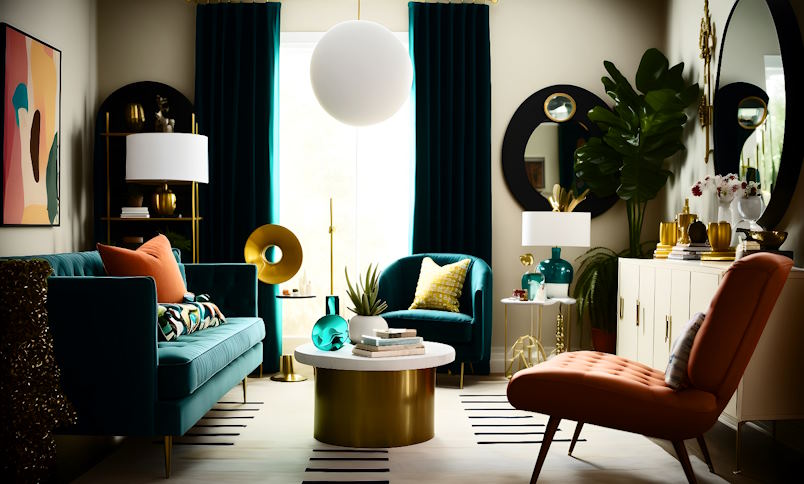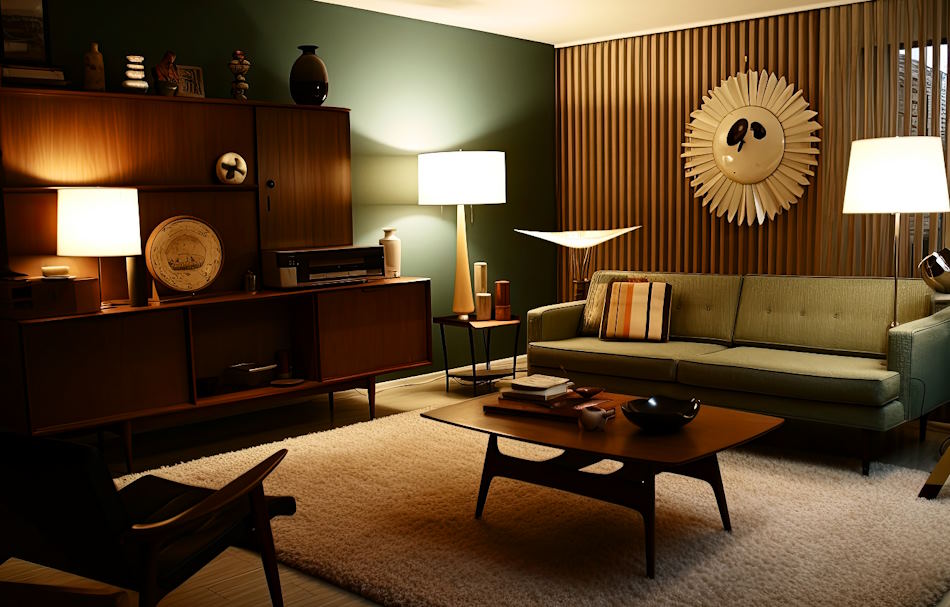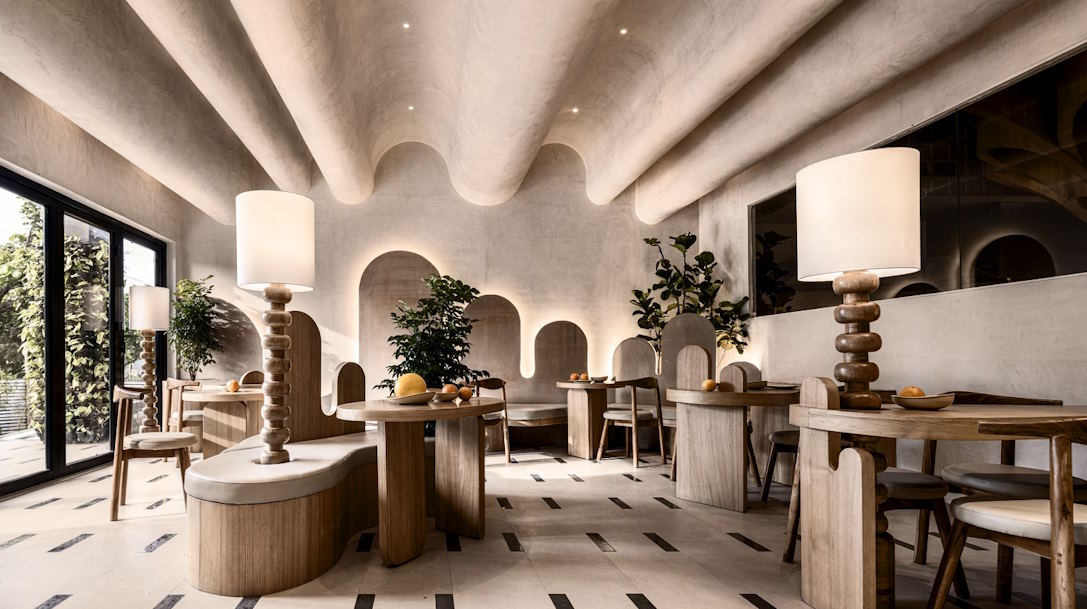In the kaleidoscope of design, understanding the cultural underpinnings is akin to unlocking the secrets behind each mesmerizing pattern. Delving into the roots of design trends reveals a rich history where cultural movements have left an indelible mark on the way we conceptualize and execute design.
Contemporary Design Landscape: Unveiling the Trends and Cultural Tapestry
Current Trends in Architecture and Interior Design
In the ever-evolving realm of contemporary design, architecture and interior aesthetics are at the forefront of innovation. Clean lines, sustainable materials, and open spaces characterize current architectural trends, emphasizing a harmonious blend of functionality and aesthetics. Interior design, on the other hand, is witnessing a resurgence of minimalism with a focus on personalized, multifunctional spaces. The rise of biophilic design, incorporating nature into built environments, reflects a growing awareness of the need for sustainable and wellness-focused living.

Examples of Cultural Influences in Modern Design
Modern design is a canvas painted with the vibrant hues of global cultures. From Scandinavian simplicity to the bold colors of African motifs, cultural influences are shaping the visual narratives of contemporary design. Take, for instance, the incorporation of Japanese principles like Wabi-Sabi, celebrating imperfection, in minimalist interiors. Cultural symbols, patterns, and materials are now design elements that transcend borders, telling stories of heritage and identity within the modern aesthetic.
Cultural Elements in Design: Weaving Stories Through Colors, Patterns, and Icons
Use of Traditional Patterns and Motifs
Whether it’s the geometric patterns of Islamic art or the swirling designs of Celtic knots, these elements infuse spaces with a sense of history and cultural identity. The resurgence of traditional patterns in modern design not only pays homage to heritage but also introduces a timeless quality that transcends fleeting trends.

Globalization and Fusion in Design: Navigating a World of Interconnected Aesthetics
The Role of Globalization in Shaping Design Trends
In an era of heightened connectivity, globalization serves as a powerful catalyst in shaping contemporary design trends. The exchange of ideas, materials, and influences across borders has ushered in a new era of design that transcends geographical boundaries. Designers now draw inspiration from a global palette, creating a melting pot of styles that reflects the diversity and richness of our interconnected world.
Cross-Cultural Fusion in Contemporary Design
Contemporary design is a tapestry woven with threads from various corners of the globe. The fusion of cultural elements from diverse traditions has given rise to a unique aesthetic that defies singular categorization. Scandinavian minimalism intertwines with Japanese simplicity, and African tribal motifs find a place in modern urban spaces. This cross-cultural fusion not only celebrates the beauty of diversity but also sparks innovative and eclectic design expressions that resonate with a global audience.
